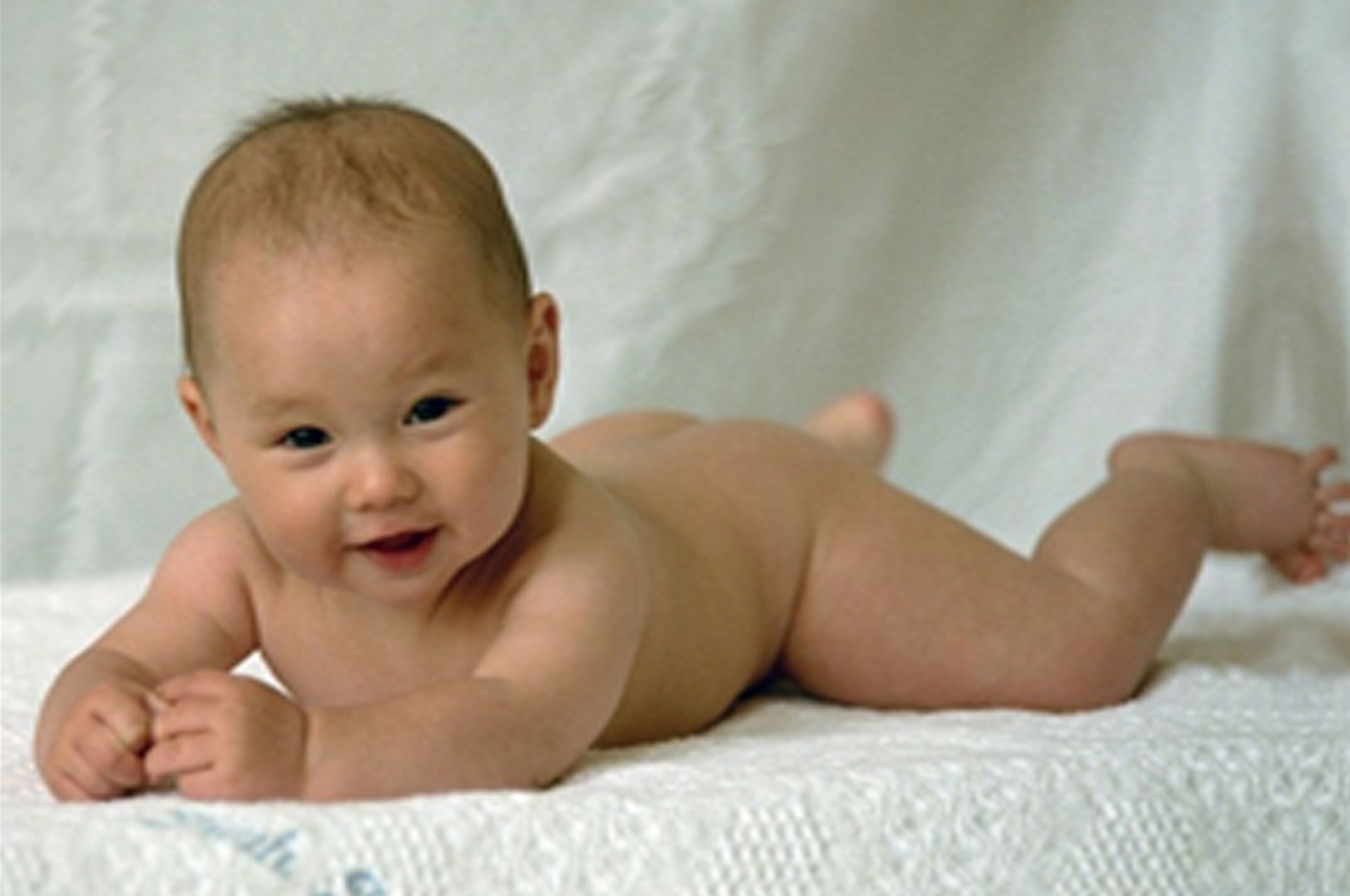Lost and Found
 This photo is of my youngest son and was taken when he was six months old.
This photo is of my youngest son and was taken when he was six months old.
In 1999 at a Catholic church in Richmond, Virginia, this white, redheaded girl from Mississippi married a Vietnamese immigrant. Our children, both sons, followed in 2001 and 2003. A decade and a half later having all our DNA analyzed sounded like an interesting idea. I bought four AncestryDNA kits. We spit in our tubes and put them in the mail. Two weeks later the results for our youngest son came back—47% Vietnamese, 3% Chinese, 40% Northern European, 7% Irish and 3% German. My results were next and were not a surprise based on Son #2. Mostly Northern European, with a hefty dose of Irish. Next was Dad. 70% Vietnamese and 30% Chinese. Son #1 was almost identical to his brother, but with a little more Irish. It was all fascinating, but now what? So I just saved the files with all the school pictures and pretty much forgot about them.
A few months later, I received an email via AncestryDNA. Someone from California said we had DNA in common and wanted to connect. I looked at his file. He was a mix of Nigerian, Congolese, Ethiopian, Vietnamese, and Chinese. Clearly, he and I were not related. His DNA was full of color, while mine was colorless. But just as clearly, he was related to my children and their dad. But I was certain that knew all of my Vietnamese family. Where did this guy come from? As it turned out, that was precisely what he wanted to know.
He had grown up in California, the son of an African-American Vietnam veteran and his wife, also African-American. His skin was paler than his siblings, and growing up he sometimes felt out of place. However, he had a good life and a loving family, and he easily ignored the doubts that sometimes crept into his mind. Shortly after he turned 50, his mother died, followed a few years later by his father. As he cleaned out his parents’ home, he found the Vietnamese passport of a small child. He could not read the writing and did not recognize the name, but the birthdate was familiar—it was his own.
It was his mother-in-law who suggested he have his DNA tested. “You never know, maybe you will find something,” she told him. He followed her advice, spit in his own tube, and a few weeks later he found me. Not his relative but, as it turned out, close enough.
He knew his dad served in Vietnam and guessed his biological mother was the missing piece to his story. I called my sons’ aunt and started asking questions. I learned that the sister of my mother-in-law had a baby with an American serviceman. She had not been in a position to take care of the child, so the father had taken him back to the States where his wife agreed to raise him as their own. The biological mother immigrated to France after the war but never stopped thinking about the child she hoped had had a better life than the one she could give him. No words can express her joy at knowing he was alive and well and looking for her. She spoke French and Vietnamese, while her son spoke neither, but it didn’t matter. With the help of a translator and Skype, they connected across thousands of miles and five decades. A happy ending wrapped up in a new beginning.
Notes:
This essay, describing true events from my family, was originally written in March 2019 and was the inspiration for my first novel, Time Intertwined.
Quick Links
| Pages | Other Pages | |
|---|---|---|
| Home | The Agent Orange Trilogy | |
| The RAM Blogs | Edge of Justice | |
| Books | Help | |
| Media | ||
| About Me | ||